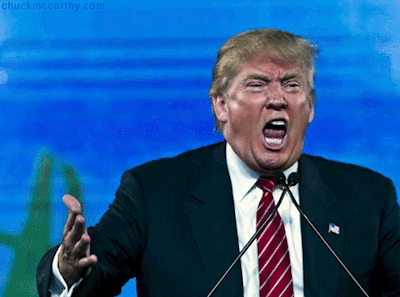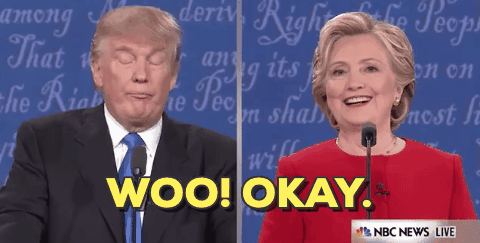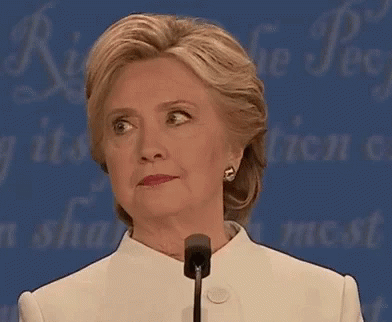top of page

Visual Culture
The visual culture present in the 2016 US Election has revealed a lot of political bias as well as the obsession society has with visuals. In 2016, it has never been easier to create, share, or see visual representations of the election. The campaign was available to everyone anywhere, and access was easy to gain. The public had access to polls, news debates, live debates, news broadcasts as well as any individuals opinion that was easy to find with just a quick google search. While this media is being created in an instant, media also has many platforms to broadcast it on.
 |  |  |
|---|---|---|
 |  |  |
 |



As the election results were coming in, people continued to share their beliefs by turning to platforms where they can reach people visually. The world is clued up on the latest scandals and it is almost impossible at this point to not get caught up in the media hype.






It has never been so easy to get great coverage. Different news channels, live updates through Twitter, Instagram, and Facebook all for immediate communication and gratification. The live election results map gave us immediate insight into the slow outcome of the results. Everybody from everywhere watched everything.
The ability to view anything, anywhere at anytime has changed the way our politicians batter, and it is changing the way society consumes. This campaign saw millions of dollars being spend on social media advertisements. Engaging the audience is a huge business success and it works because the visual world belongs to the person creating it.



The trend of acceleration of the cycles of coverage and response were created by visual coverages which included outrage, mockery, intrigue, interest and distraction.
Material that is shareable and alterable.
What does this mean in the political world?
The presence of digitally and politically literate social media users with the means and abilities to create and remix content means that anything happening during the campaign is a potential candidate for attention, for analysis and commentary, and for new 'memes.'




The new wave of media culture has manifested our world into a visually dominating society. The instant gratification of media and news has allowed for individuals to internalize what is happening in seconds, which opens more room for communication. The endless cycle of producing content and consuming content is what politicians in todays modern society now thrive off of. Notably, this election was heavily reported on through social media especially with the impact of many millennials who were able to vote.



bottom of page